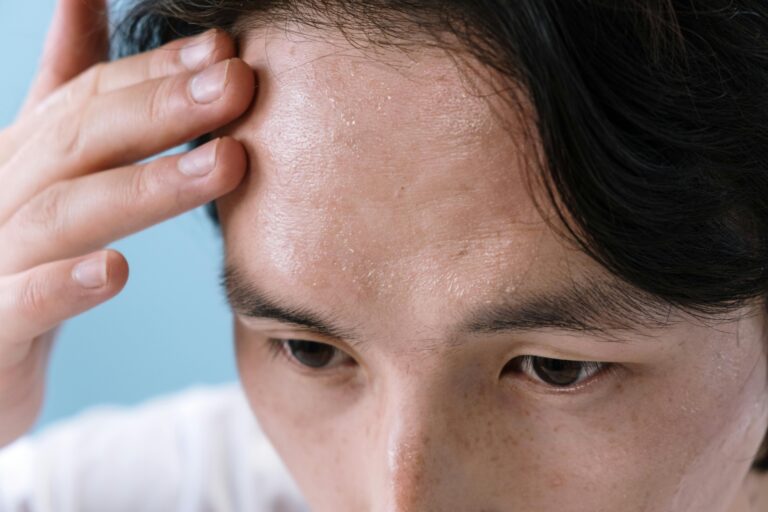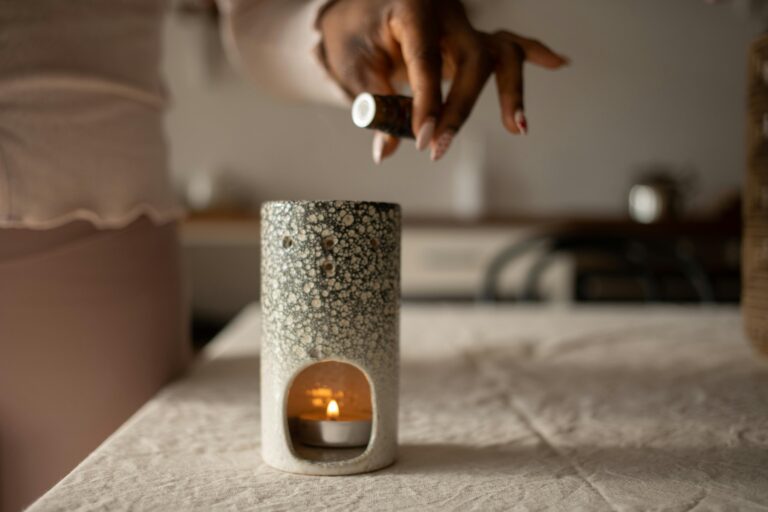Recognizing and Soothing Skin Reactions from Radiation Therapy

skin reaction
Radiation therapy is a crucial part of cancer treatment, but it often comes with side effects—particularly skin irritation. Understanding how to recognize and soothe these reactions can help improve comfort and promote healing.
Common Radiation-Related Skin Issues
Radiation therapy, while effective in targeting cancer cells, often leads to skin reactions due to its impact on rapidly dividing healthy skin cells. Common radiation-related skin issues include redness (radiation dermatitis), which resembles a sunburn, turning the skin pink or red. As treatment progresses, dryness and peeling may occur, causing the skin to flake or shed. Many patients also experience itching and tenderness, making the treated area sensitive or painful to touch. In more severe cases, swelling or blistering can develop, sometimes leading to weeping or raw skin. These reactions typically begin 1-2 weeks into treatment, often peaking in intensity before gradually improving once therapy concludes. The severity depends on factors like radiation dosage, treatment area, and individual skin sensitivity. Proper skincare and early intervention can help manage these side effects, ensuring greater comfort during and after treatment. Proper skincare and early intervention can help manage these side effects, ensuring greater comfort during and after treatment.
Why and When They Occur
Radiation therapy targets cells that divide quickly, including cancer cells, but it also damages and irritates healthy skin in the treated area. The radiation dose and frequency—higher or more frequent doses increase the risk of skin damage—the treatment area—sensitive areas like the face, neck, or chest are more likely to react—and the patient's skin sensitivity and general health—those with dry or fragile skin may experience more pronounced effects—all influence how severe skin reactions are. These side effects usually appear within the first few weeks of treatment and can last until the therapy is over and healing starts.
Soothing Strategies
Managing skin discomfort during radiation therapy requires gentle, nourishing care to promote healing and minimize irritation. Here are detailed strategies to help soothe your skin:
- Natural Creams & Ointments
When dealing with radiation-induced skin reactions, natural creams and ointments can provide significant relief. Aloe vera gel (alcohol-free) soothes inflammation and redness when applied 2-3 times daily. Calendula cream, made from marigold extracts, promotes wound healing and may reduce dermatitis severity due to its antimicrobial properties. For deep hydration, fragrance-free moisturizers like CeraVe Moisturizing Cream, Aquaphor Healing Ointment, or Eucerin Advanced Repair help restore the skin barrier without irritation. These products are hypoallergenic, non-comedogenic, and ideal for sensitive, radiation-treated skin. Always patch-test new products and consult your care team before use. - Cold Compresses for Immediate Relief
Soak a soft cloth in cool (not icy) water, wring it out, and gently press it onto irritated skin for 10-15 minutes. This reduces inflammation and eases burning sensations. - Avoiding Common Irritants
Avoiding common irritants that can exacerbate reactions is essential for protecting delicate skin during radiation therapy. Avoid using abrasive exfoliants, alcohol-based toners, and perfumed products since they can deplete the skin's natural moisture barrier and exacerbate irritation. Choose loose, airy materials, such as 100% cotton, while dressing to minimize friction and promote enough ventilation. Steer clear of tight clothing or materials with a rough texture that could rub against the treated regions as this could exacerbate the pain and irritation. Throughout your course of treatment, these easy changes support healing and preserve the integrity of your skin.
Daily Skin Care & Protection
For radiation-treated skin to be protected and to heal, proper daily skincare is crucial. Drink at least eight glasses of water every day to help your skin's natural healing processes. Sun protection is essential; when exposed to sunlight, always protect treated areas with a zinc oxide based mineral sunscreen (SPF 30+) because radiation makes skin particularly hypersensitive. Use lukewarm water rather than boiling while taking a bath because too much heat will deplete natural oils and exacerbate dryness. Throughout the course of treatment and recuperation, these easy yet efficient steps assist preserve the comfort and health of your skin.
When to Contact Your Doctors
Radiation therapy is likely to cause some skin irritation, but some symptoms call for immediate medical attention. If you experience any of the following symptoms, get in touch with your oncology team right away: bleeding from the treatment region, open sores that won't heal, or excruciating pain that interferes with everyday activities. Keep an eye out for symptoms of infection, such as fever above 100.4°F (38°C), increasing warmth or swelling, or yellow or green pus. Additionally, let your doctor know if the rash spreads outside of the area being treated or if your symptoms suddenly get worse. These might point to issues that require specialist attention. Your care team would like to address problems as soon as possible rather than risk delaying the treatment of major difficulties, so don't be afraid to contact them.
Radiation-induced skin reactions are common but manageable. By using gentle care, natural remedies, and protective measures, you can ease discomfort and support healing. Always consult your oncology team before trying new products.





